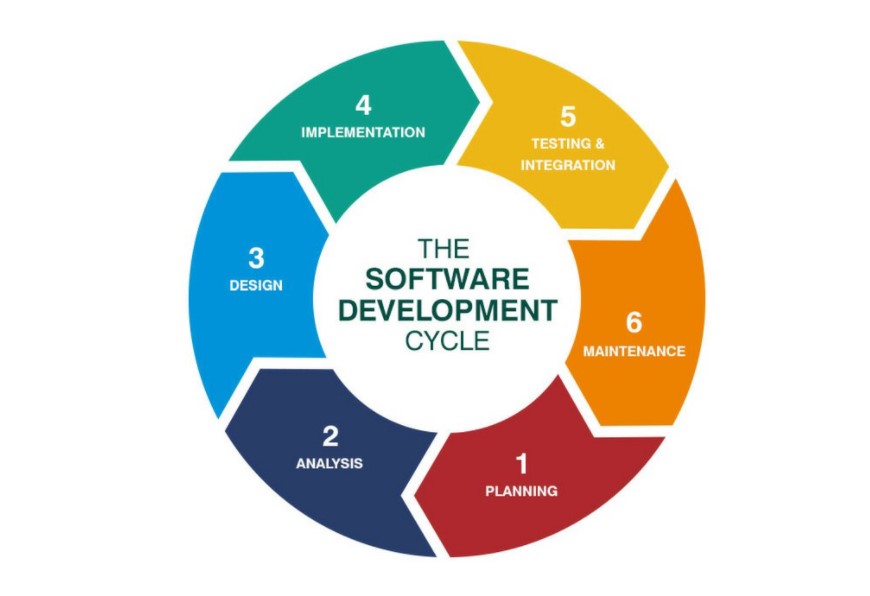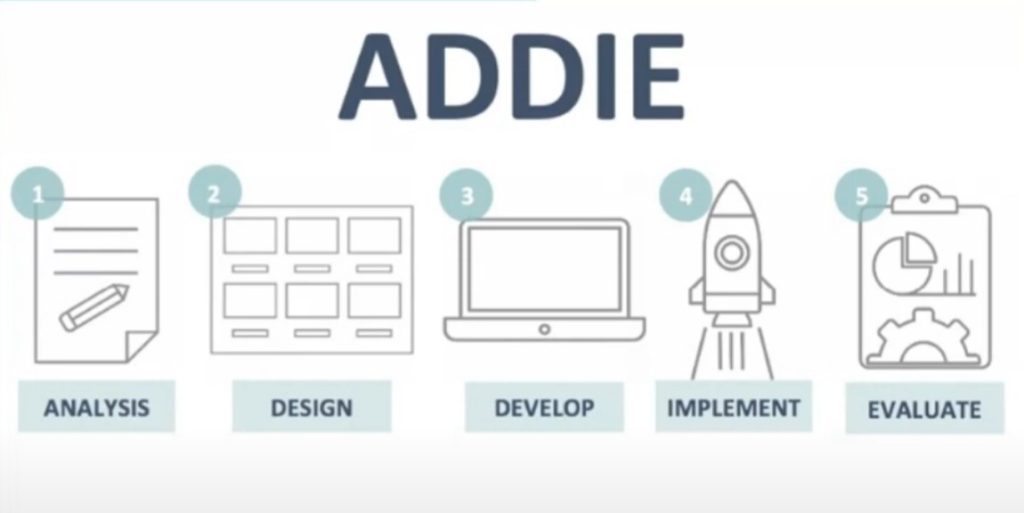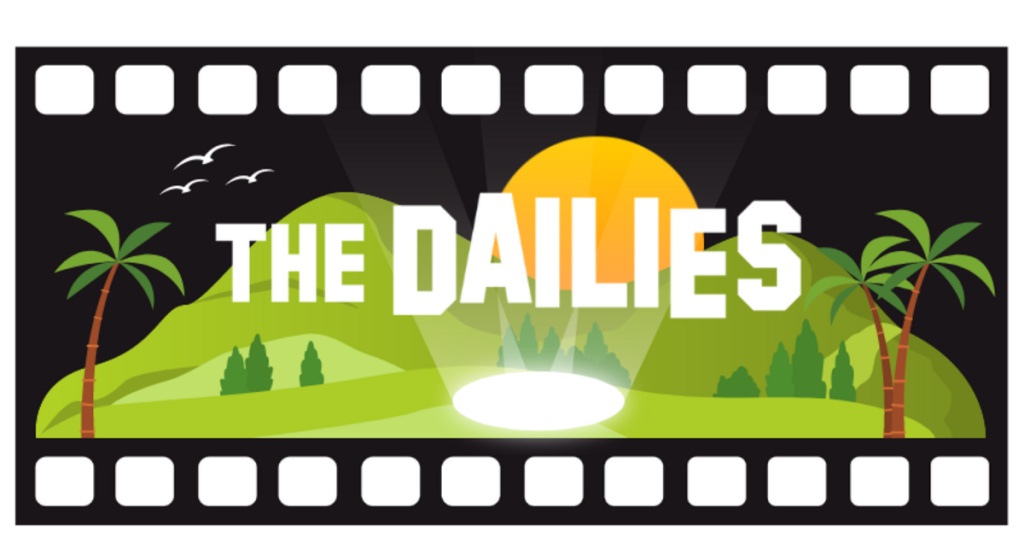Class hours: 10:05 – 2:45
Mr. Bohmann | wbohmann@ewsd.org
10:05 Today’s Notes & Attendance
Today is a Wacky Wednesday
Call Backs:
Phoenix – Testing Today, 10:15am, CTE Conference Room
- Clothing Pop Up – Next Week Wednesday and Thursday
A couple of reminders and requests about the Free Clothing Pop-Up happening next week! - *We will continue to take items (especially men’s) up till Wednesday next week
- *If you have clothes hangers you want to get rid of please bring those in too!
- CTE Conference Room between 8:00 and 2:00pm on Wednesday/Thursday.
SkillsUSA Gold Medalists – Coat try on in CTE Main Office at 1pm today.
BreakOut Games: Missing – (Aidan, Ben, Braden, Scotty, Tobi, Isaac)
Sub – Mr. Tom Bisson. Mr. Bisson retired from CTE (English Teacher for CAWD Program) a couple years ago. He loves to ride his bike and play guitar. His band, The Rustics, play all around the area. He will be with you Thursday, Friday and Monday while I am in New Orleans.
Request from Mr. Bisson…
“Please have the students create a “To Do” list for each of those three days. I will conference with each student each day. “ – To facilitate this, we’ll use the dry erase boards.
10:10am Software Development Life Cycle

Reflect on our exercise earlier this year making Paper Airplanes
The development cycle for software is designed to help bring your ideas to reality. There are many types of development cycles (ADDIE, Waterfall, Spiral, Agile etc…). Some companies subscribe to one or more cycles to complete their projects. Whichever you learn / use, you will find that there are similarities among them.
The purpose is to work through an iterative process (design, implement, test) to get the best product. Remember the ET game? Not too much iterative design and the result is the Worst Video Game ever award.
The visual above outlines a very popular development cycle. Google “Game Development Cycles” or something close to that. Look at the image results….
Planning: brainstorming, storyboarding, discussing, writing and idea generating – who does what work, what work needs to get done, KanBan and Trello type boarding
- Brainstorming
- Prototyping / Storyboarding
- Game Proposal (Game Design Document) usually lives in this stage
- Feedback/Discussion with others to improve planning
ADDIE Approach

Analysis: What will the game/player do. What are the goals in this stage, level, prototype. What assets and elements are needed for this project cycle. List all of the features of the game. Do you need music, sounds, art, what types to make your game authentic
Design: For some this is the fun part (or not). Sketching, coding, creating, developing the parts related to this development cycle. For example, one development cycle may be just on the player. So how big is the player, what does it do, look like, move, game mechanic. Describe what you code needs to do.
Implementation: Write and create the code / level / etc…described by your design so you have something to test at the next stage.
Testing: This is where the minimum viable product can be delivered and we can try out with users to find out if the other stages are represented here. By testing, we can save a lot of development time. Run your program and test all features to make sure they work.
Maintenance: If you find problems, you need to return to earlier stages to correct them, and then re-test. Debugging, updating, recording user feedback

10:20 The Game Design Document
A game design document (GDD) is a software design document that serves as a blueprint from which your game is to be built. While your game may change during development, the GDD serves as a guide for you and others on your design/development team.
A GDD is a good way to map out your vision for your game.
What to include on your GDD? Well, here is a very nice example of a Game Design Document – Silent Hill
To prepare for your last major assignment of the year (making your own game!), you are going to pull together a Game Design Document. I recommend Google Docs. This means that your game will require a GDD. I’ll link back to this outline but you may want to copy it and place on a GoogleDoc for your own reference for later.
The following is a suggested template (at minimum):
Name of the Game (or Working Title)
Team Members or just you
Elevator Pitch (One sentence briefly but concisely describing your game)
Example: Metro2033 is an FPS survival game set in the ruins of Moscow following nuclear war.
Description/Story
A one /two paragraph synopsis of the story of the game.
Core Gameplay
Describe how the game is played. Be specific and describe the features
Core Game Mechanics
List your core game mechanics and include details for each and how they work
Game Elements
Describe your world and the objects in it
Characters
List your characters and their names
Assets
What types of assets will make up your game
Sound
What types of sounds / sound effects will you have
Animation
What kinds of things will be animation
Player Controls – list them
Win Conditions – Describe them
Lose Conditions – Describe them
10:50 Break

11:00am CAWD Game Studio

Groups
Team A
Elle, Mia, Scotty, Ben, Aidan, Peyton
Team B
Isaac, Phoenix, Zander, Gabi, Tobi, Braden
- Pick a one button game to build from your group (or create a new game idea)
- Select a role(s) as there will be many just look (Cyberpunk’s credits are 20 minutes long!!!!)
- (Project Manager, Sound Design, Game Designer, Game Coder(s), Game Producer, Asset Creator, Texture Artist, UI artist / developer, storyboard artist, etc…. there are many roles, )
- Build a game
- This is a team effort. You will support each other and work together.
- Go as far as you can in this limited window and this afternoon
- This is the only thing you will be working on Thursday, Friday and Monday. A playable game is due by Tuesday of next week, when I return. Everyone, should be contributing… If you are not getting along with someone in your group then you must not be busy enough or working on anything.
To be successful as a team, you need to know the deliverables:
- One Game Design Document (Here is a template). It’s just a template – you can expand!
- A playable game (prototype is fine) in Unity IDE or published to Unity Play
- A short video trailer of game play to show off mechanics
- A Home Screen with Game Title
- Play Button that opens the game
- Credits Button that opens Credits Screen (credits list roles of all team members)
My first suggestion is to talk about your one button games together. Have a time keeper. Work together to quickly select one of your games as the team choice. Probably good to have someone write down/record all your ideas.
My second suggestion is to think about what you’d like to contribute to the game and divide up the roles. Having someone as the organizer will really help your team (game producer and/or project manager)
Then, break up the roles and be clear what you are working on. Commit to your role!
For example:
- Reese – Game Designer – strategy, core mechanics
- Will – Game Developer and coder, set up game project, scenes and basic code
- Karen – Timekeeper and Project Manager, creating game design document, tracking deliverables
- Hannah – Visual Design Artist – color palettes, fonts, layout of Home, Credits Screen
- Ella – Asset creator / Texture Artist- Blender
- Libby – Sound Design, timekeeper
For Tuesday, May 20th at 11am:
- A representative will share the story of the team
- Process
- Successes
- Challenges
- Organizational Strategies
- Game Overview
- Sample Gameplay (in the form of a video Trailer)
- and….. We will see and play your game – on one of your computers!
11:55 Lunch

12:25 Independent Reading

12:50 Break

1:00 Production Time and Guided Support
- Illuminated Rocky Path Project
- Make-Up Work
- Breakout Game Publishing
1:50 Dailies

Dailies can be placed in the CAWD2 Dailies Folder on the CAWD2 Public Folders drive